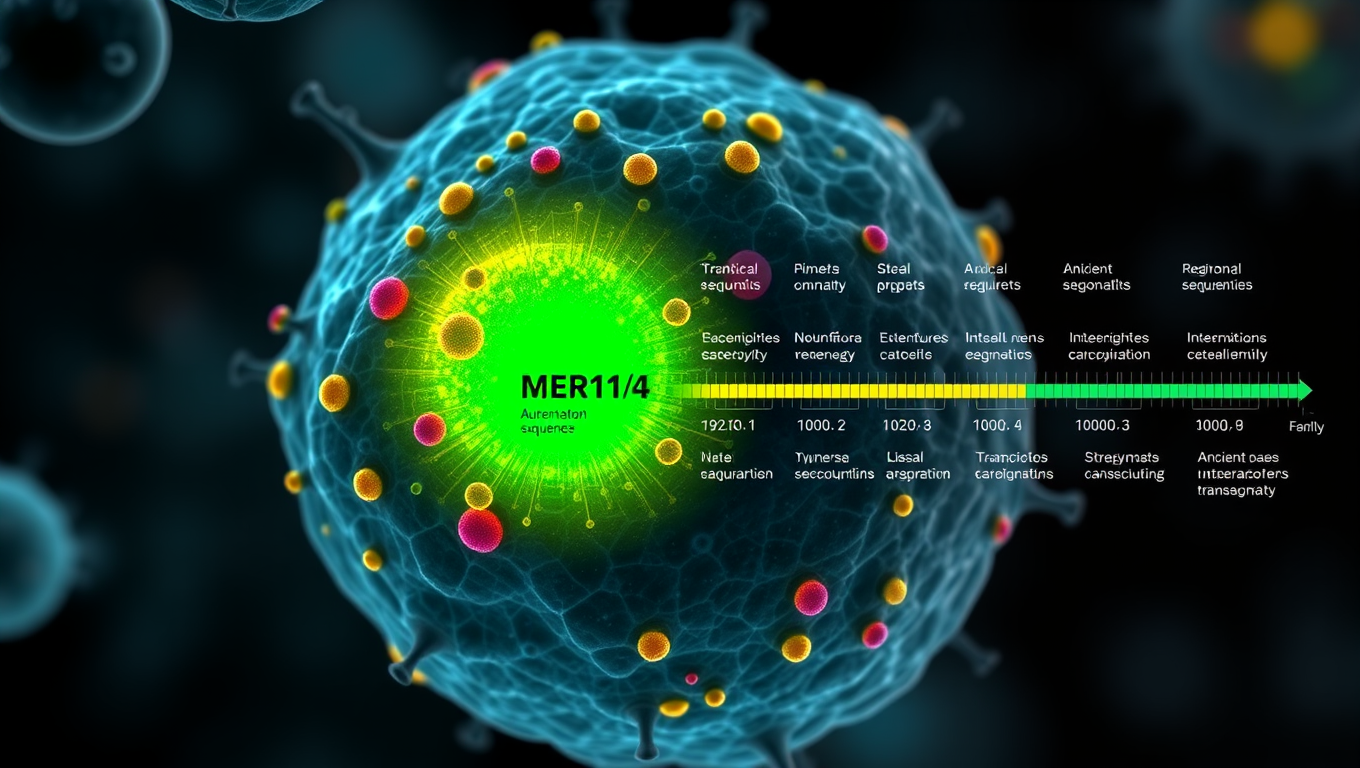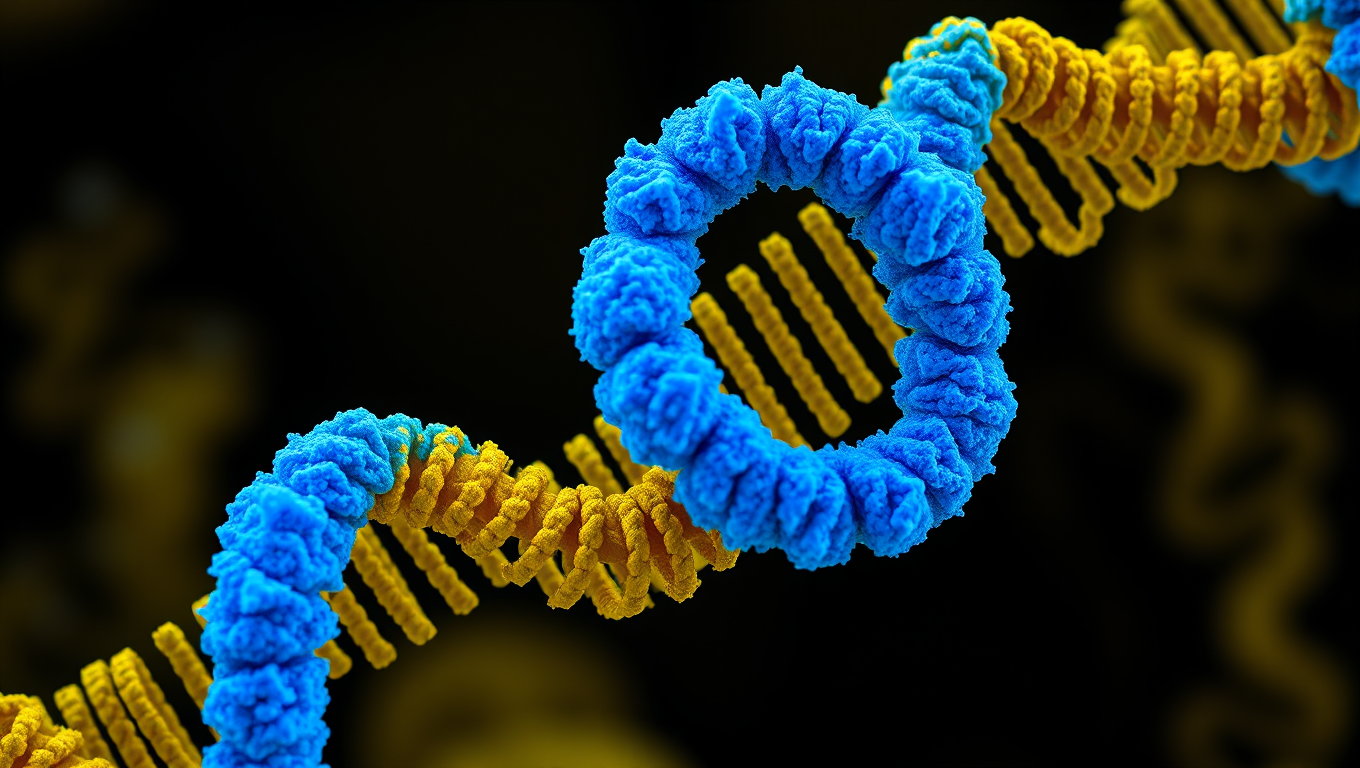While we try to keep things accurate, this content is part of an ongoing experiment and may not always be reliable.
Please double-check important details — we’re not responsible for how the information is used.
Epigenetics
Unlocking the Secrets of Your DNA: How Ancient Viral Sequences Regulate Gene Expression
What scientists once dismissed as junk DNA may actually be some of the most powerful code in our genome. A new international study reveals that ancient viral DNA buried in our genes plays an active role in controlling how other genes are turned on or off, especially during early human development. These sequences, originally from long-extinct viruses, have evolved to act like tiny genetic switches. Using new analysis tools and large-scale experiments, researchers discovered that certain viral DNA fragments are especially strong at activating genes and may even have helped shape what makes humans different from other primates.

Disability
Unlocking Skin Renewal: Vitamin C Activates “Youth Genes” to Reverse Age-Related Thinning
Japanese researchers have found that vitamin C can thicken skin by switching on genes that boost skin cell growth, helping reverse age-related thinning. It works by reactivating DNA through a process that lets cells regenerate more effectively—potentially a game-changer for aging skin.
Diseases and Conditions
Unraveling the Mysteries of Cohesin: A Protein That Forms Loops in the Human Genome
Cohesin is a protein that forms a ring-shaped complex which wraps and alters the DNA molecule shape. It moves through the DNA and creates specific loops in the genetic material which determine the architecture of the genome and gene expression. Some mutations in the genes of the cohesion complex are responsible for rare diseases (cohesinopathies), such as the Cornelia de Lange syndrome (SCdL) or Roberts syndrome, which affect several organs and cause malformations during development.
Children's Health
The Lasting Impact of Early Teenage Obesity on Future Generations
A new study suggests that boys who become overweight in their early teens risk damaging the genes of their future children, increasing their chances of developing asthma, obesity and low lung function.
-

 Detectors6 months ago
Detectors6 months agoA New Horizon for Vision: How Gold Nanoparticles May Restore People’s Sight
-

 Earth & Climate7 months ago
Earth & Climate7 months agoRetiring Abroad Can Be Lonely Business
-

 Cancer7 months ago
Cancer7 months agoRevolutionizing Quantum Communication: Direct Connections Between Multiple Processors
-

 Albert Einstein7 months ago
Albert Einstein7 months agoHarnessing Water Waves: A Breakthrough in Controlling Floating Objects
-

 Chemistry7 months ago
Chemistry7 months ago“Unveiling Hidden Patterns: A New Twist on Interference Phenomena”
-

 Earth & Climate7 months ago
Earth & Climate7 months agoHousehold Electricity Three Times More Expensive Than Upcoming ‘Eco-Friendly’ Aviation E-Fuels, Study Reveals
-

 Diseases and Conditions7 months ago
Diseases and Conditions7 months agoReducing Falls Among Elderly Women with Polypharmacy through Exercise Intervention
-

 Agriculture and Food7 months ago
Agriculture and Food7 months ago“A Sustainable Solution: Researchers Create Hybrid Cheese with 25% Pea Protein”





























